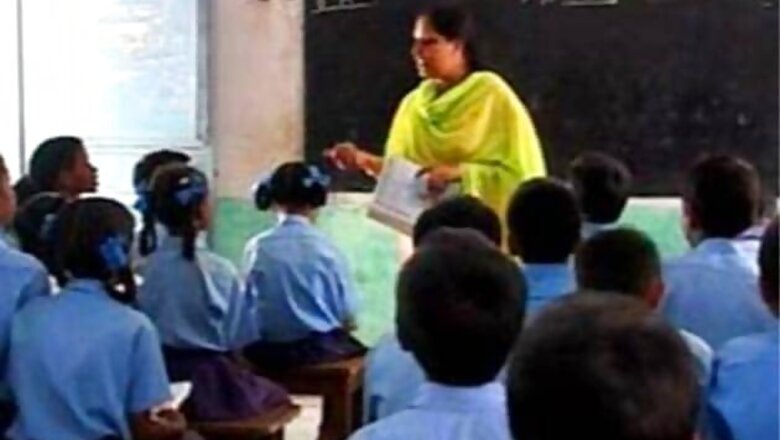
views
Thiruvananthapuram: Kerala, which stands out from the rest of India with 94 per cent literacy rate, has achieved another distinction of having the lowest dropout rate of school students in the country at just 0.53 per cent.
The hilly district of Wayanad with a sizeable scheduled tribes population had the highest overall dropout rate of more than one per cent, while in all the other 13 districts the rate was less than 0.5 per cent, shows an economic review report by the State Planning Board (SPB) released on Thursday.
The latest report shows that currently there are 12,644 schools in the state of which 4,620 are government-run, 7,161 are aided schools and 863 are non-aided schools. The thickly populated Muslim district of Malappuram with 1,427 schools had the most number of schools in any district.
However, enrolment of students in the current fiscal decreased by six per cent over the previous year and touched 39.86 lakh. The SPB report attributed this decline to the changes in the demographic pattern owing to low birth rate in the state.
While the national birth rate figure stands at 22.1 per 1,000, in Kerala it is 14.8 per 1,000.
The total number of teachers in schools dropped marginally from 1,68,062 in 2010-11 to 1,66,939 in 2011-12.
Another feature highlighted by the report that remained unchanged in the state is that 71.5 per cent of all the teachers are women.
The pass percentage of students in the higher secondary courses was 88 per cent in 2011-12, up from 82 per cent in 2010-11.
With regard to facilities in schools, it was found that 99 per cent of the government schools have access to drinking water facility and 99.7 per cent have urinal/latrine facilities.
It has also been found that 162 government schools in the state do not have their own building.
The fund allocation in the school education sector in the state rose from Rs.189 crore during the 10th Plan period to Rs.712 crore during the 11th plan, the report said.
In the state budget presented by Finance Minister KM Mani on Friday, he made a proposal to set aside Rs.581 crore for improving the quality of school infrastructure, and academic and student-centric programmes.
The State Planning Board, however, cautioned that the state needs to focus on second generation reforms to ensure that higher education is attuned to the global employment opportunities and not be complacent of the state's achievements.



















Comments
0 comment